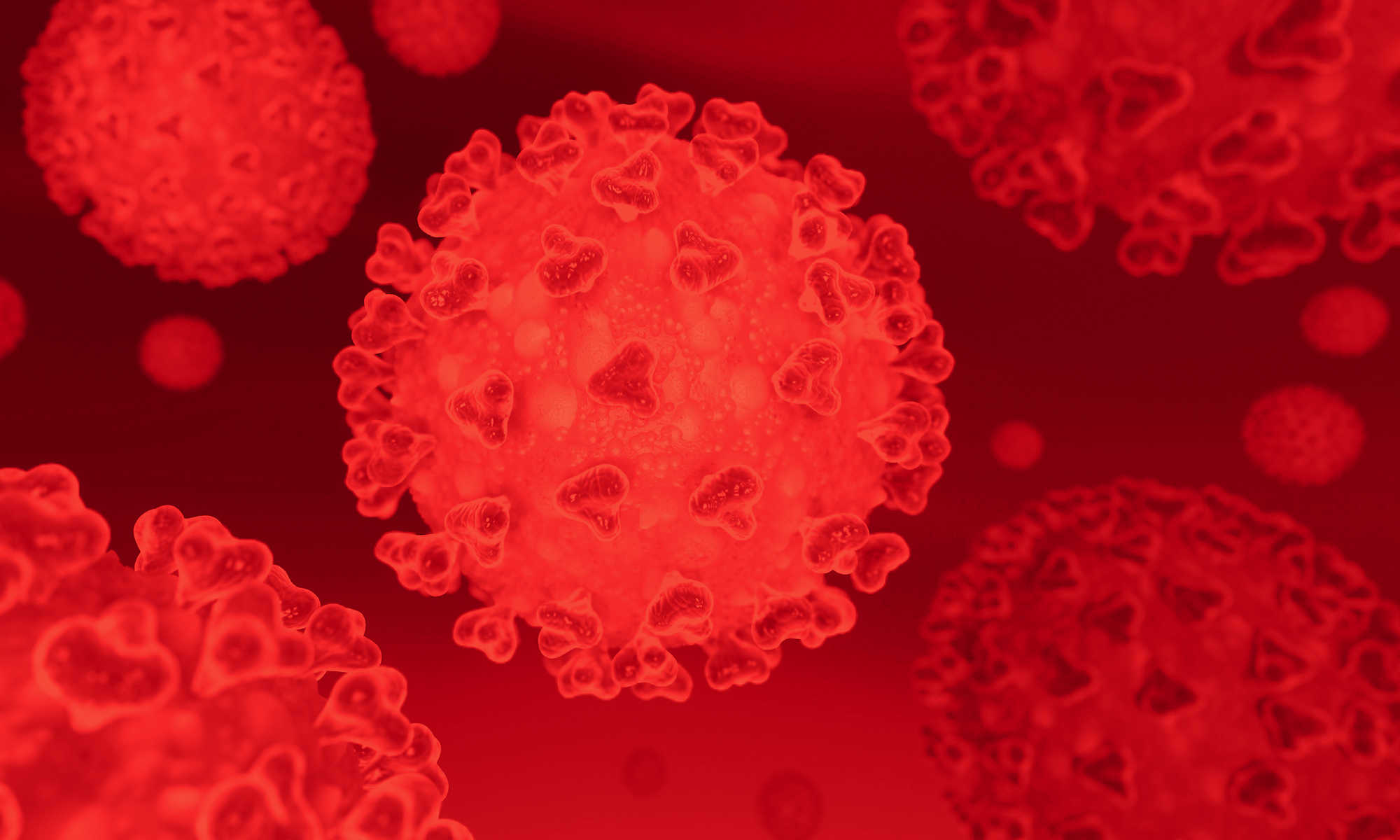by Laura Hinkle
“State Veterans Homes” are facilities that offer nursing home, domiciliary and adult day care operations for approximately 33,000 veterans. There are 158 homes nationally, with at least one located in every state. These facilities are owned and operated by states but are subject to federal oversight from the U.S. Department of Veterans Affairs (VA).
Veterans Homes were among the first facilities in the nation to face high rates of infection from COVID-19, and consequently, they faced criticism from families of veterans, the American Legion and the federal government for their lack of an effective response to the virus.
Family members of veterans in these homes cited instances of neglect and miscommunication that often led to their loved ones dying of the virus before their family even learned they were sick. In September, state attorneys in Massachusetts announced they were pursuing criminal charges against two former managers of the Soldiers’ Home in Holyoke for severe neglect of veterans that contributed to the death of at least 76 people in the home.
Other major factors that contributed to the rapid spread of COVID-19 in Veterans Homes during the pandemic include:
- Residents with no symptoms were placed with those who had tested positive
- A shortage of Personal Protective Equipment (PPE)
- Minimal isolation of residents, severe staff shortages and room shortages within facilities
- Delays in testing and minimal and inaccurate testing
- Lack of staff training on hygiene and the use of PPE
Testimony from the president of the National Association of State Veterans Homes in July 2020 explained that these homes were hit particularly hard by the pandemic because of the demographic makeup of their residents. Most are older men with disabilities, and research has shown older men with underlying health conditions are disproportionately affected by COVID-19.
Additionally, many Veterans Homes were ill-equipped to handle COVID-19 because of largescale institutional issues that have been ongoing for years. Several concerns surfaced from restimony to Congress by the Government Accountability Office (GAO) in 2020 about accountability and oversight of State Veterans Homes:
- The VA’s inspection contractors are not required to report all failures of Veterans Homes to meet quality standards
- VA contractors can cite such failures as recommendations rather than deficiencies
- The VA does not conduct performance reviews of their contractors
- The VA fails to share information on the quality of Veterans Homes on its website
- The VA does not always follow up to make sure homes remedy deficiencies
The GAO also reported approximately one-third of State Veterans Homes do not participate in Medicare and Medicaid because they do not receive these payments from residents, and thus lack additional oversight from the U.S. Centers for Medicare and Medicaid Services (CMS) that most nursing homes receive. However, even the Veterans Homes that receive additional inspections from CMS had those quality inspections put on hold when COVID-19 emerged, as they were replaced with inspections focusing solely on control of the virus. As cases continued to skyrocket in the facilities over the past year, federal oversight dwindled.
The one-third of homes that do not receive oversight from CMS were not required to report COVID-19 infections and deaths until Jan. 5, 2021. This lack of accountability of the number of cases within each home was especially concerning for the families of residents in these facilities. To address this concern, Congress passed the Johnny Isakson and David P. Roe, M.D. Veterans Health Care and Benefits Improvement Act of 2020, which mandates that all Veterans Homes provide weekly reports to the federal government regarding their COVID-19 cases and deaths. Additionally, the VA now is required to publicly post data (beginning of February 2021). As of April 15, 2021, 1,143 residents and 37 staff of Veterans Homes reportedly have died from the virus. Since the beginning of the pandemic, 8,838 residents and 6,656 staff members have been infected by COVID-19.
The passage of this Act was an important first step in increasing the accountability of Veterans Homes during the pandemic, but 15 homes still are not reporting. The reason for this is not entirely clear. However, VA officials stated they are working with the 15 homes to help them begin reporting as soon as possible in the National Healthcare Safety Network — an infections monitoring system.
Currently, the VA is not responsible for providing vaccines to facilities because the homes are state-run. However, facilities can request help in distributing their available vaccines through the Federal Emergency Management Agency (FEMA). Then, the VA could provide help under its Fourth Mission, which includes serving as a backup to the American medical system. No facilities have requested help through FEMA. Veterans Homes are receiving vaccines from their respective states and are continuing to educate their staff and residents on the effectiveness of the vaccine. An increase in vaccination is a crucial next step in mitigating the spread of COVID-19.
As these homes continue to receive more PPE, more accurate COVID-19 testing and more vaccines, the spread of COVID-19 will likely decline. The VA also will continue working with Veterans Homes to ensure all 158 are reporting data on infections and deaths as soon as possible. This increase in accountability, along with better oversight from the VA, will contribute to the mitigation of the virus.
In the bigger picture, the struggle these homes have had in handling COVID-19 has many implications for the future of the relationship between the VA, states and Veterans Homes. The Vietnam Veterans of America (VVA) analyzed this relationship in a report last August, noting, “There is a sense that VA does not embrace the care of these veterans as being part of its mission.” The report echoed many of the findings from the GAO regarding lack of accountability and transparency. According to the GAO and VVA, there are several options policymakers and VA leadership should consider:
- Ensure annual inspections are documented transparently and corrective actions are taken
- Mandate corrective actions are completed within an established timeline
- Require all documented deficiencies to be listed as deficiencies rather than recommendations
- Edit the VA website to include quality ratings of individual homes
- Ensure states are using federal per diem funding on homes, specifically rather than placing them in the state’s general fund
- Review federal per diem rates
- Train staff members regularly with timely briefings on new protocols and equipment
- Encourage regular communication between the National Association of State Directors of Veterans Affairs and the National Association of State Veterans Homes so that best practices and current challenges can be discussed openly.
These recommendations indicate a lack of involvement and accountability from the VA when it comes to the approximately 33,000 veterans living in Veterans Homes. There is an ethical and moral responsibility for states, the VA and Veterans Homes to work together in innovative ways to address the deficiencies which COVID-19 has so drastically underscored.

